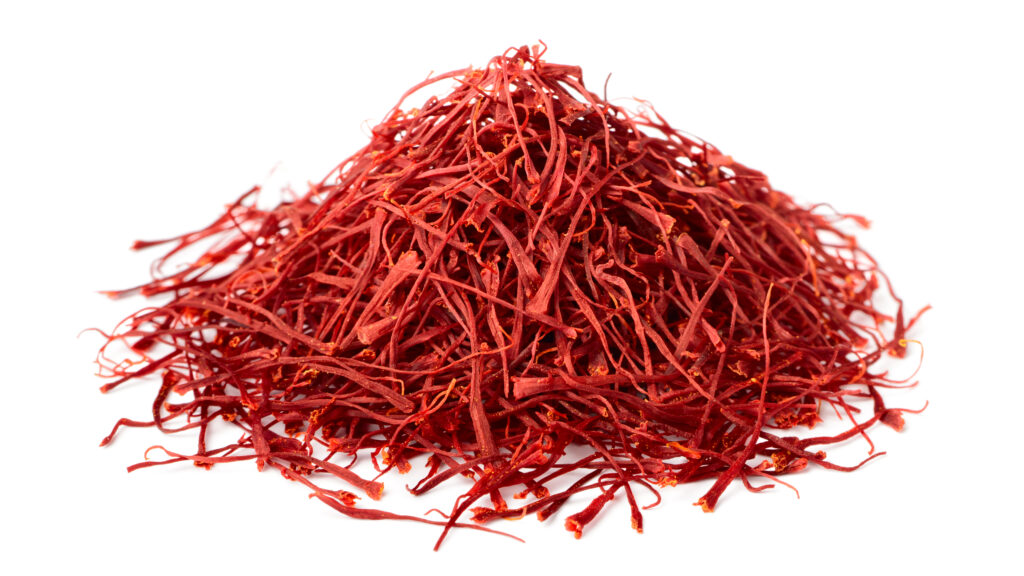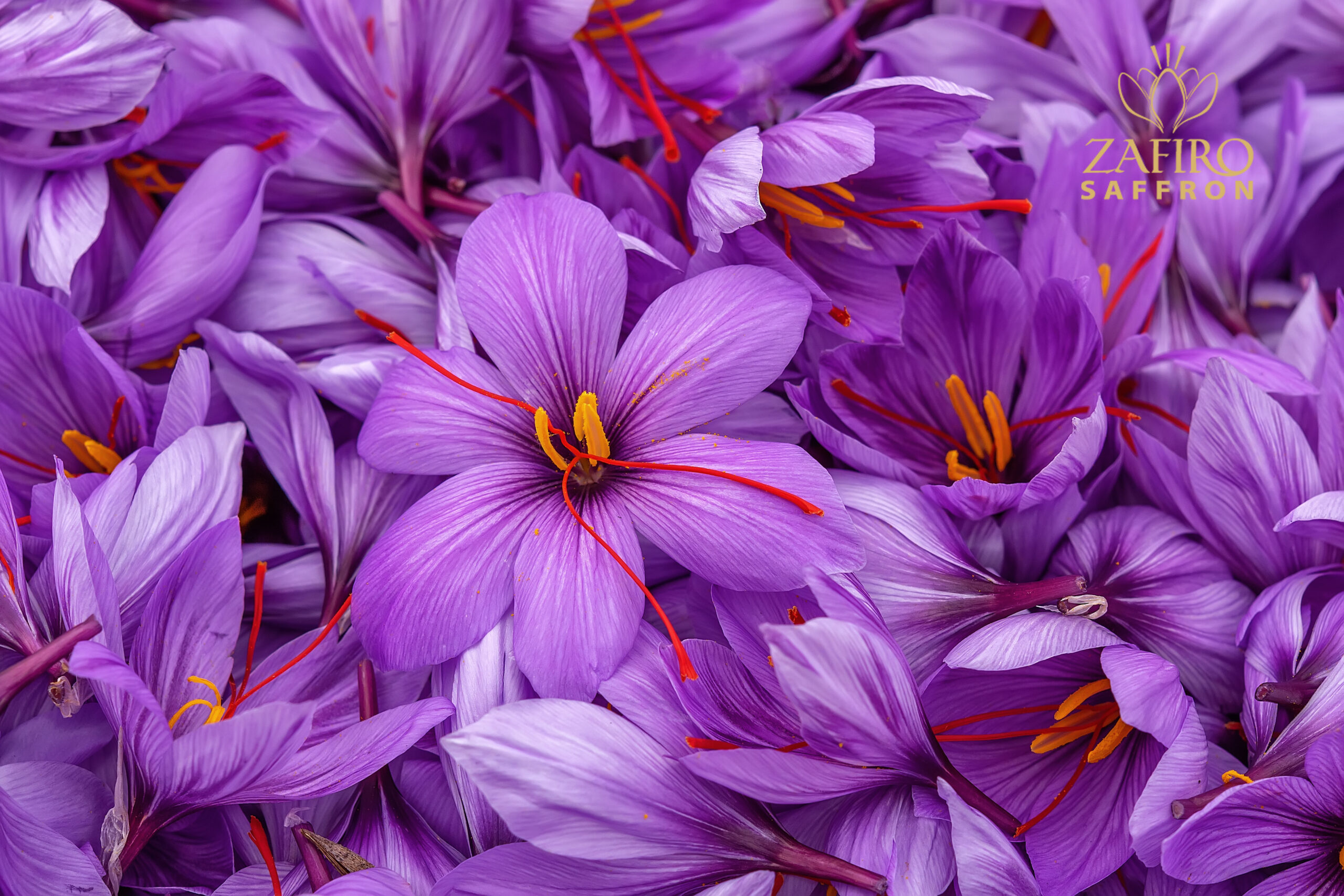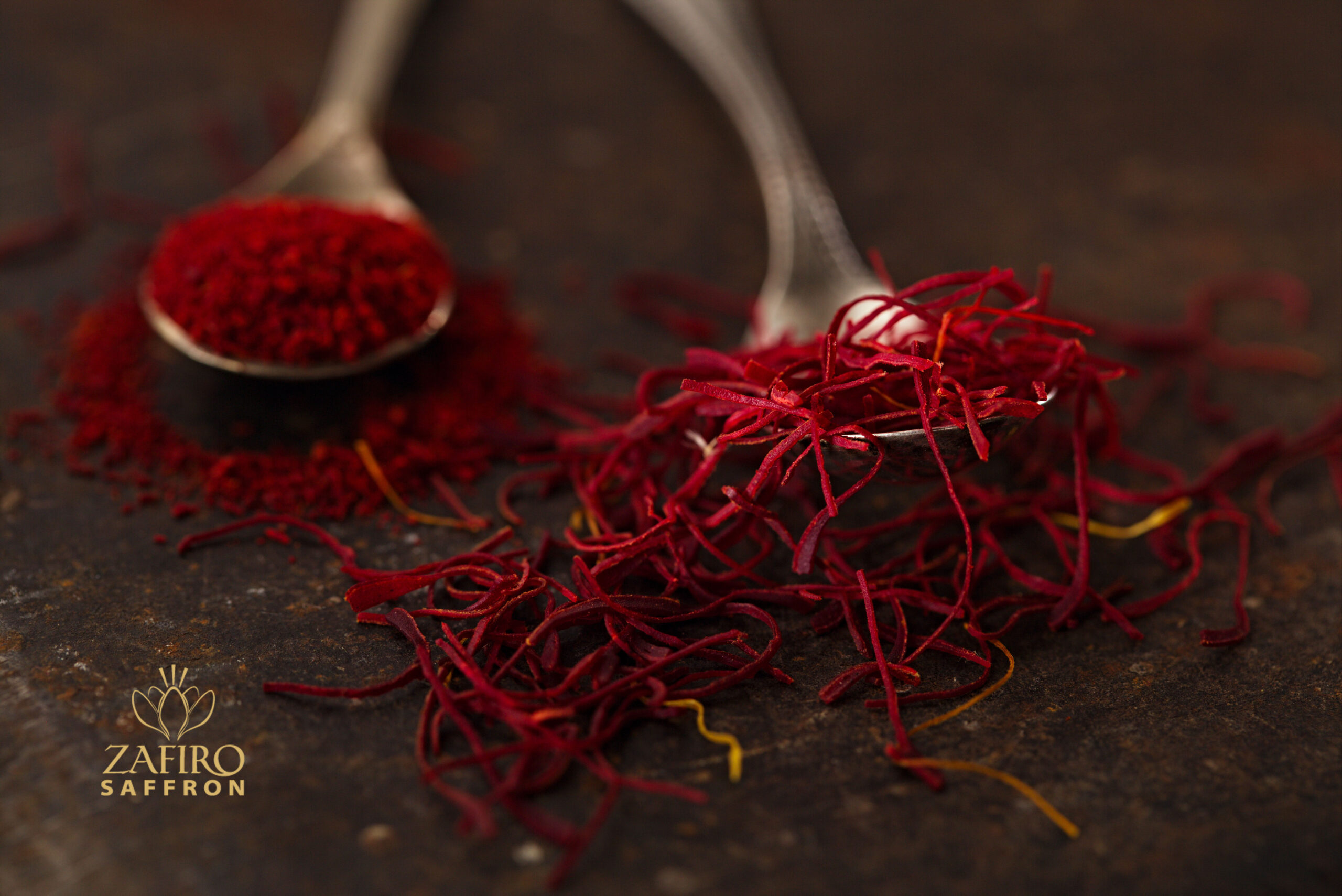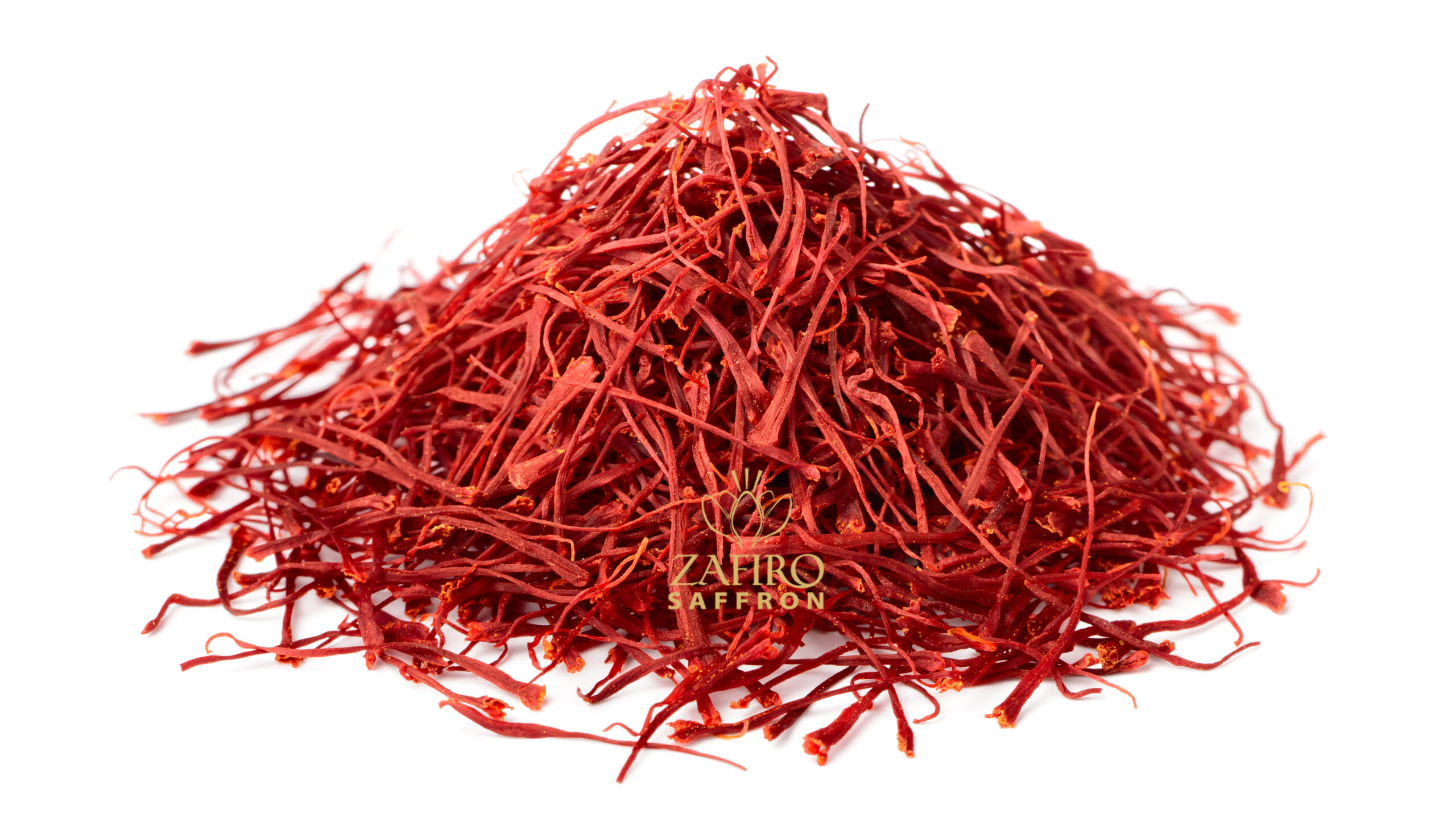What is even more interesting is that there are four main classifications of Iranian/Persian saffron, these four classifications are based on the trim of the saffron thread. The four different trims of Persian Saffron are:
- Sargol: means “Top of the flower” in Farsi. Sargol is a sub-type of Persian saffron that derives from the very tip of the saffron thread. Hence, its name “top of flower.” It also has a specific, powerful aroma. Generally speaking, Sargol saffron is considered to be high quality due to its lack of Yellow or Orange threads. Sargol can be easily recognized thanks to its full and deep red color and short threads. On the downside, Sargol saffron often contains crumbs and broken threads.
2. Super Negin: The most expensive and rare trim of Saffron. Super Negin saffron is known not only for being the most potent but also for its aesthetically pleasing features. Super Negin threads are longer in length and contain no yellow or orange threads. The threads are cut symmetrically and contain no crumbs. When comparing all the trims of Saffron, Super Negin is the most sought after for those who want the best of the best.
3. Negin: When compared to Sargol and Super Negin, Negin is longer in length and contains some yellow and orange portions of the thread. To put it in simple words, the aroma, quality, and purity are still great but you do pay for some portions of the yellow and orange threads, which are lower quality.
4. Poshal saffron: is the cheapest and most commonly sold Saffron trim in stores. Since Saffron is so expensive, many distributors take advantage of consumers by selling them the orange and yellow portions of the thread to increase their profit margins. Since these yellow parts of the stigma contain no value, consumers end up paying much more in reality for a inferior product.

Persian Zafiro saffron is by far the most desired form of Saffron today. In fact, not only was the earliest evidence of Saffron cultivation found in Ancient Persia, but today Iran accounts for over 96% of the worlds total saffron supply.



